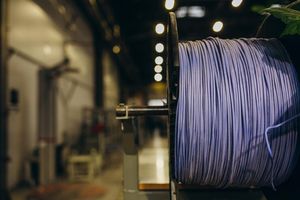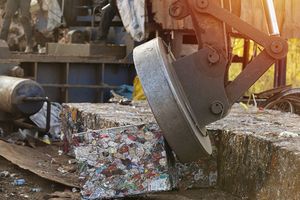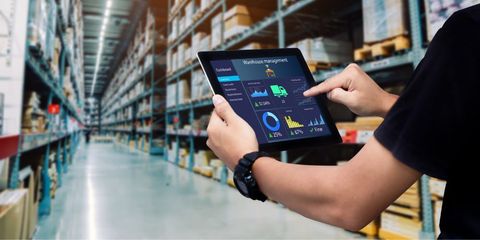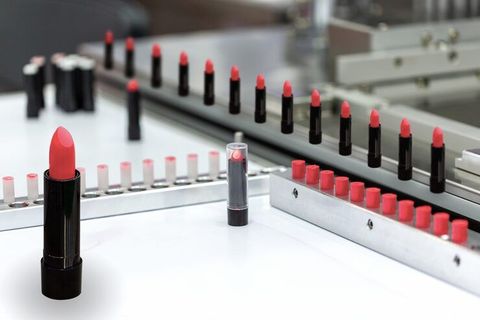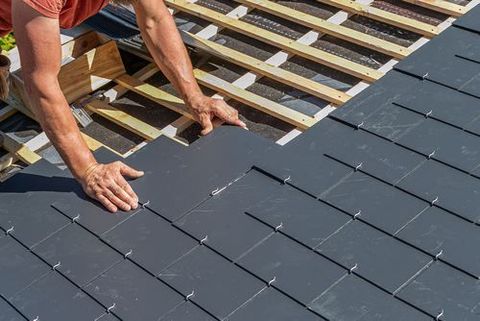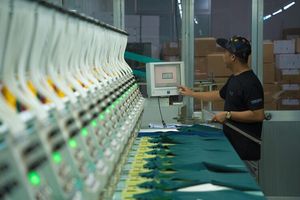Comprehensive Overview of Lipstick Manufacturing Trends and Materials
Lipstick manufacturing is a blend of chemistry, artistry, and innovation. It involves formulating pigments, waxes, and oils into a stable and visually appealing cosmetic product. Historically, lipstick has symbolized beauty and confidence, but its production has evolved significantly with technology and sustainability goals.
Modern lipstick manufacturing is no longer limited to color creation. It includes texture, durability, safety, and environmental responsibility. Brands today are rethinking formulations by integrating vegan waxes, bio-based pigments, and recyclable packaging to meet consumer expectations and regulatory standards.
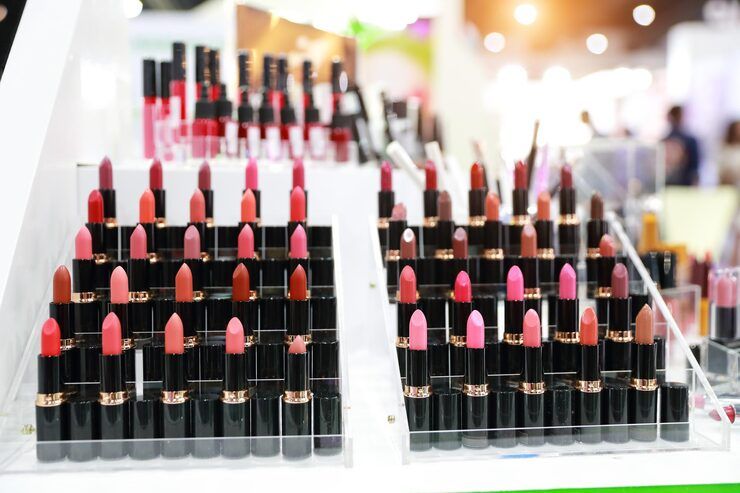
Importance
Lipstick remains one of the most widely used beauty products worldwide, with a market value expected to exceed USD 13 billion by 2028. This growth reflects changing lifestyles, self-expression trends, and global demand for eco-conscious cosmetics.
The importance of studying lipstick manufacturing lies in several key areas:
-
Consumer Health and Safety: Manufacturers must ensure non-toxic ingredients and allergen-free formulas.
-
Sustainability Goals: The use of biodegradable and cruelty-free materials is rising rapidly.
-
Innovation and Differentiation: New technologies allow for enhanced color payoff, longer wear, and smoother application.
-
Regulatory Compliance: Cosmetic products must adhere to stringent international laws, making formulation precision crucial.
Lipstick production affects manufacturers, cosmetic chemists, beauty retailers, and end consumers. Its evolution reflects broader shifts toward cleaner, safer, and more ethical manufacturing practices.
Recent Updates
Over the past few years, the lipstick manufacturing sector has witnessed significant transformations.
1. Sustainable Formulations (2023–2025):
Many leading brands have shifted toward plant-based waxes such as carnauba and candelilla, replacing petroleum-based alternatives. Natural pigments derived from beetroot, turmeric, and minerals are also gaining traction.
2. Clean Beauty Movement:
Since 2024, the “clean beauty” label has become a major consumer requirement. Lipstick formulations now exclude parabens, phthalates, lead, and synthetic fragrances.
3. Advanced Manufacturing Technology:
Automated production lines and AI-driven quality control systems are improving consistency and reducing waste. For instance, AI pigment analysis ensures uniform shades across batches.
4. Customization Trends:
Brands are using 3D printing and color-matching technology to create personalized lipstick shades tailored to skin tones and preferences.
5. Global Market Shifts:
Asia-Pacific continues to dominate production, but North American and European manufacturers are leading innovation in eco-packaging and vegan formulations.
| Year | Key Innovation | Description |
|---|---|---|
| 2023 | Plant-Based Waxes | Replacement of paraffin with carnauba/candelilla wax |
| 2024 | Clean Beauty Labeling | Elimination of harmful chemicals |
| 2025 | AI Color Consistency | Use of AI to ensure pigment precision |
Laws or Policies
Lipstick manufacturing is strictly regulated to protect consumers and ensure transparency. Regulations vary across regions but share common principles of safety and labeling accuracy.
1. United States (FDA):
-
The Food, Drug, and Cosmetic Act (FD&C Act) regulates ingredients and labeling.
-
The MoCRA (Modernization of Cosmetics Regulation Act, 2023) requires cosmetic companies to register products and facilities with the FDA.
2. European Union (EU Regulation 1223/2009):
-
Cosmetic manufacturers must provide a Product Information File (PIF) including safety assessments.
-
Animal testing for cosmetics and ingredients is strictly prohibited.
3. India:
-
Governed by the Drugs and Cosmetics Act, 1940, and the BIS (Bureau of Indian Standards).
-
Only approved colorants listed in IS 4707 (Part 2) may be used.
4. Global Sustainability Policies:
-
Many countries have introduced Extended Producer Responsibility (EPR) programs, encouraging recyclable or refillable packaging.
Compliance with these regulations ensures consumer safety and brand credibility in international markets.
Tools and Resources
Manufacturers and researchers rely on various tools, databases, and technologies to enhance production efficiency and maintain compliance.
1. Formulation Software:
-
Cosmetic Creator (ChemSketch) – Helps design and test chemical combinations.
-
Formulator Sample Shop Tool – Provides templates for ingredient compatibility and pH stability.
2. Quality Control Instruments:
-
Viscometers – Measure lipstick texture and consistency.
-
Spectrophotometers – Analyze color accuracy and pigment strength.
3. Online Databases:
-
INCI Decoder – Database for cosmetic ingredient safety and functions.
-
CosIng (European Commission) – EU ingredient and labeling compliance database.
4. Sustainability Tools:
-
EcoVadis – Assesses supplier sustainability performance.
-
Carbon Trust Calculator – Estimates carbon footprint of packaging materials.
| Tool | Primary Function | Accessibility |
|---|---|---|
| INCI Decoder | Ingredient analysis | Free |
| Formulator Sample Shop | Product formulation | Subscription |
| EcoVadis | Sustainability rating | Enterprise |
| Spectrophotometer | Color precision | Laboratory use |
FAQs
Q1. What are the main ingredients used in lipstick manufacturing?
Lipsticks typically contain waxes (beeswax, candelilla), oils (castor, jojoba, mineral), pigments, and emollients. These ingredients balance structure, shine, and color intensity.
Q2. How are vegan and cruelty-free lipsticks different from traditional ones?
Vegan lipsticks exclude any animal-derived ingredients such as beeswax or lanolin, while cruelty-free lipsticks ensure no animal testing is performed at any production stage.
Q3. What are the challenges in producing long-lasting lipsticks?
Ensuring pigment stability, uniform texture, and moisture balance without harmful additives is the main challenge. Manufacturers use silicone-based binders and emollients to increase longevity.
Q4. Are natural lipsticks safer than synthetic ones?
Natural formulations can reduce allergic reactions, but both natural and synthetic lipsticks are safe if they comply with regulatory standards and undergo dermatological testing.
Q5. How is technology improving lipstick manufacturing?
Automation, AI-driven color matching, and precision filling systems enhance production speed and reduce wastage, ensuring consistent product quality.
Final Thoughts
Lipstick manufacturing has evolved from traditional color blending to a sophisticated scientific process integrating sustainability, safety, and technology. Today’s manufacturers face growing demand for transparency and eco-responsibility, driving innovation in raw materials, packaging, and digital production control.
Understanding lipstick manufacturing trends and materials not only benefits cosmetic producers but also empowers consumers to make informed choices about what they apply daily. As technology and sustainability continue to shape the beauty industry, the future of lipstick manufacturing will likely be more ethical, personalized, and environmentally conscious.

